What Retail Apocalypse? 7 Stocks Proving the Doomsayers Wrong.
Retail is dead — at least it is supposed to be. E-commerce had already beaten the sector down when the pandemic drove the final nail into its coffin. Consumers who could no longer shop at the mall accelerated the online shopping mania. Retailers would never recover from the one-two punch.
But a funny thing happened on the way to retail’s funeral. Retailers found a new purpose and got a new lease on life. As it turns out, shoppers still like the in-store experience. Although there are plenty of ways to buy clothes online, consumers still want to touch the merchandise or try it on.
According to Census Bureau data, despite inflation flaring up again retail sales continued to climb. While they were up only a modest 0.6% in February, it’s an indication of the strength still inherent in the sector.
InvestorPlace - Stock Market News, Stock Advice & Trading Tips
The seven retail stocks below have been some of the best performers and may offer further growth in the year ahead.
Abercrombie & Fitch (ANF)
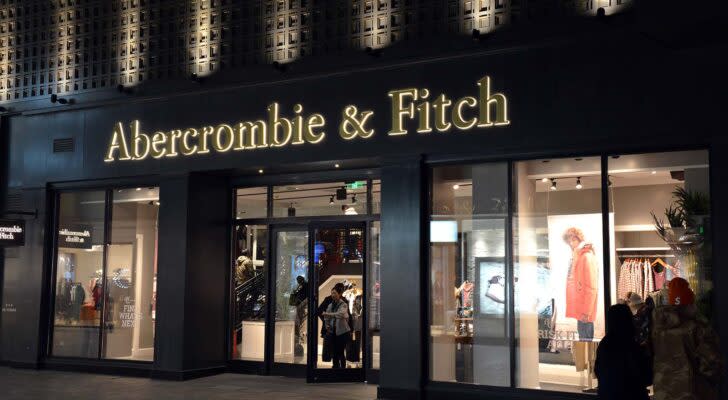
Source: Paul McKinnon / Shutterstock.com
There has been no better retail stock than Abercrombie & Fitch (NYSE:ANF), which more than quadrupled in value over the past year. The amazing turnaround story of a company once left for dead is nothing short of remarkable.
Abercrombie repositioned itself from being primarily a teen-oriented retailer to one that targets adults 22 to 45 years old. Data from Earnest Analytics indicates shoppers between 25 and 34 years old accounted for 45% of spending at the retailer’s namesake stores. More surprisingly, the chain’s Hollister brand, which had been the premiere teen brand with its surf and sand vibe at one time. More recently, it served as a drag on performance, now seeing 53% of its sales coming from 35 to 54-year-old shoppers.
Hollister reported it notched its third consecutive quarter of sales growth, with brand revenue up 9% in the fourth quarter. Comparable store sales were up 6% for the chain in 2023, and Abercrombie’s comps soared 28% from the year-ago period.
That meshes nicely with Abercrombie’s decision to move away from the teen demographic with more office, special occasion and active apparel. The retailer reported massive earnings growth last year as profits of $335 million last year annihilated the prior year’s earnings of $10.4 million. Having found its groove again, ANF stock remains a top-tier retail stock to buy.
Gap Stores (GPS)
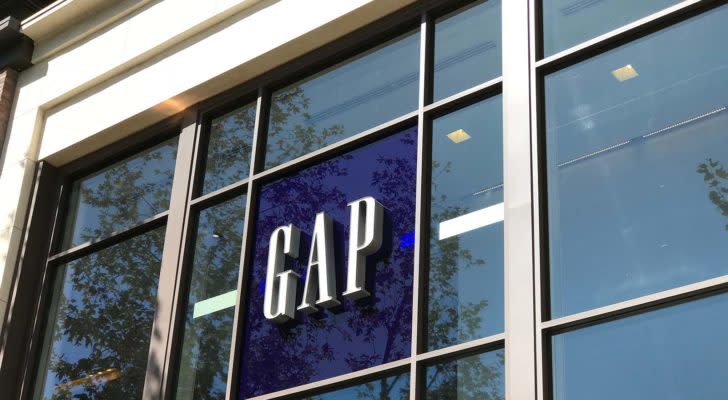
Source: Alex Millauer / Shutterstock.com
Gap Stores (NYSE:GPS) is another extraordinary turnaround story. The casual dress retailer has been through many cycles over the years, with its styles falling in and out of fashion. The chain is very much in fashion once more, as its stock soared 153% in the last 12 months.
But its story is much newer than Abercrombie’s, as its improvements really only began gaining traction beginning in last year’s third quarter.
The Gap has a new CEO who is trying to quickly undo much of the mismanagement that marked years of basement dwelling for the company’s brands. The results aren’t blowout numbers like its rival but rather incremental changes showing Gap may be getting back on track.
Even with an extra selling week in 2023, Gap sales were down 5% for the year. Comps were off 2%. The real gains were made in profit margins where gross margins widened by 450 basis points (bps) from a year ago, and merchandise margins were 490 bps higher.
Still, the Banana Republic chain and the once-hot Athleta brand remain a drag. Comps were down 7% and 12% for the year, respectively. While Old Navy was also off 1% for 2023, in the fourth quarter comps rose 2%, indicating the brand may be on the right track once more. The Gap brand has been the chain carrying the company and still looks to be the strongest.
While Gap is disproving the retail critic’s wrong, it may not be the best long-term growth story for investors.
American Eagle Outfitters (AEO)
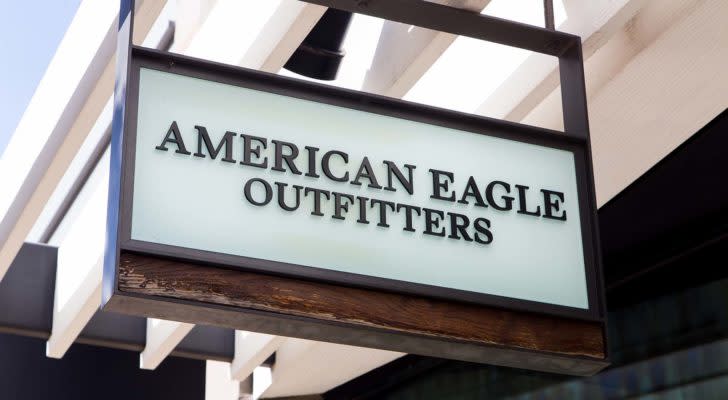
Source: Shutterstock
Gap might want to steal a page or two from American Eagle Outfitters (NYSE:AEO), which transformed itself from an apparel brand best known for its prominent logo on clothes to a company with its finger on the pulse of consumer tastes.
While American Eagle truly shined during the post-pandemic revenge shopping phenomenon, with AEO stock tripling in value in one year, it remains a solid retail stock to buy. Shares are up 81% for the past year, with sales and comps both higher.
Particularly for American Eagle’s Aerie brand, the decision to branch out into new verticals is paying off. The lingerie line launched a new activewear brand called Offline by Aerie. The retailer sees Aerie becoming a $2 billion brand within a few years. With the help of Offline, the company notched $1.6 billion in sales in 2023.
AEO stock CEO Jay Schottenstein sees the retailer itself generating $6 billion in sales within three years. He told analysts, “We are at an inflection point in our journey, having undergone a huge cultural transformation over the past year to align our strategy and priorities towards delivering consistent, profitable growth. From here, we are focused on execution and we know we are set up for success.”
Having right-sized its business and only focusing on its core growth opportunities, AEO stock still has lots of room to run.
Urban Outfitters (URBN)
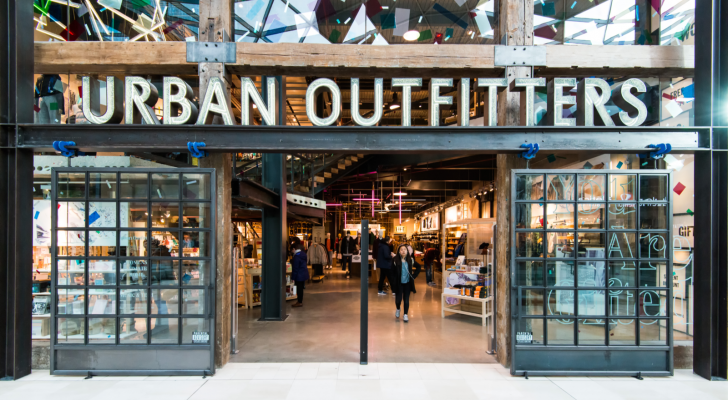
Source: Konmac / Shutterstock.com
If you’re sensing a trend in retailers undergoing a turnaround, then you won’t be surprised to find Urban Outfitters (NASDAQ:URBN) on the list. Although its namesake store is still a problem and a heavy drag on performance, the rest of Urban Outfitter’s brands are exhibiting strong growth. They’ve overcome the pressure created by the parent chain to lift the company.
In particular, the Free People and Anthropologie brands are URBN stock’s biggest assets in terms of locking up growth. They saw comps north of 21% and 12%, respectively, last year whereas Urban Outfitters was down nearly 14%. It seems to have suffered the fate of retailers like Abercrombie and Gap where its primary apparel brand fell out of favor with its target demographic of teens and young adults. Urban Outfitters might need a makeover to make its brand resonate with consumers again.
The company seems to focus on e-commerce, which means its margins will be under pressure as it must compete on price. And because it has a wholesale segment selling its clothes in department stores, consumers have options if they want to buy its apparel. That may ultimately hold back growth as margins remain under pressure.
Urban Outfitters has experimented with new verticals such as its Nuuly clothing rental and a resale business, but that is struggling too. There are better retail stocks to buy than URBN, even if it is making a U-turn.
Lululemon Athletica (LULU)
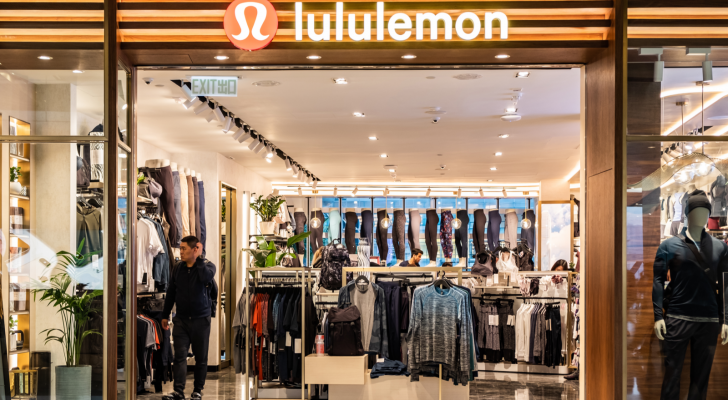
Source: lentamart / Shutterstock
Lululemon Athletica (NASDAQ:LULU) virtually created the athleisure market that is so popular now and has steadily cruised higher over time. Shares of LULU stock have tripled over the past five years and are up 55% in the last 12 months. With the stock down 10% year to date, the athleisure wear retailer could be an attractive buy.
Shares fell after Lululemon updated its guidance following the holiday season. Although management raised its outlook for the year, it was not the robust increase many investors were anticipating. Analysts had already expected a raise to come and were pegging their own estimates above the prior guidance. When Lululemon essentially just met those forecasts, it was a letdown.
Lululemon Athletica also faces new competition from the likes of Nike (NYSE:NKE) and others. Nike began offering leggings a year ago, challenging Lululemon on cost, fit and quality. Those were the compelling competitive advantages and could be a serious threat.
Still, Lululemon’s customer base is fairly loyal to the company, which gives it an edge over rivals. It will always face cheaper knockoffs but should still be able to map out growth in the years to come.
Torrid Holdings (CURV)

Source: Rawpixel.com/ShutterStock.com
While many retailers like Victoria’s Secret (NYSE:VSCO) suddenly discovered the plus-sized market in a virtual-signaling bid for cultural relevance, Torrid Holdings (NASDAQ:CURV) has long been solidly targeting the market. Victoria’s Secret’s flirtation with larger size offerings has been a disaster, and the stock is down 40% over the past year. The company is abandoning inclusiveness by returning to its “sexy” roots with fashions targeting swim, sport and active apparel. Torrid, on the other hand, is staying true to its target demographic and is up 47%.
Yet, this is a recent turnaround for Torrid, whose stock is down 85% from its 2021 IPO. Much of that is due to the retailer putting a premium price on its merchandise when consumers were in a discounting mode. It kept profits afloat but hurt net sales. The plus-size leader is now changing that by offering better value while opening more stores and improving efficiency.
Arguably, one potential speed bump for CURV stock is the widespread use of weight-loss pills such as Novo Nordisk’s (NYSE:NVO) Ozempic and Wegovy and more recently Eli Lilly’s (NYSE:LLY) Zepbound. The massive success of the drugs in causing weight loss may be a future headwind for the company.
Torrid was the plus-sized alternative to the goth-inspired Hot Topic back in the day, so it’s always had those consumers at the heart of its DNA. CURV stock can still gain from that market’s demand for good-fitting clothes. Its renewed aim to improve operations should pay off in time.
Simon Property Group (SPG)
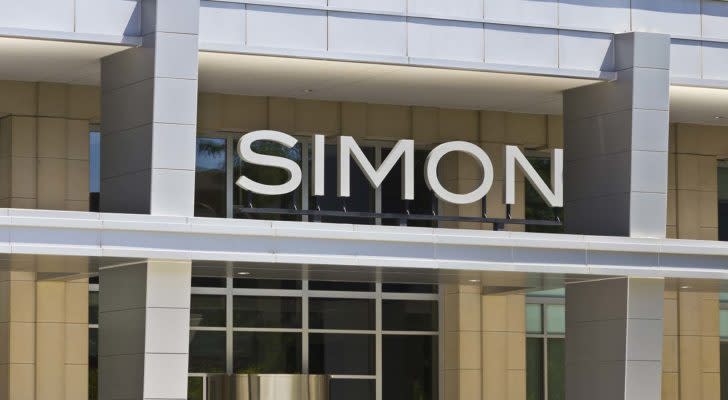
Source: Jonathan Weiss / Shutterstock.com
Not a retailer but shopping mall operator Simon Property Group (NYSE:SPG) is also proving the naysayers wrong. Shares of the real estate investment trust (REIT) are up 44% over the past year as it benefits from consumer’s preference for brick-and-mortar shopping.
Simon Property Group is the largest U.S. shopping mall operator. Its venues are Class A locations and it boasts 95% occupancy rates. If retail is dead then the malls are dying, but Simon’s malls suggest the opposite.
Because the REIT’s malls typically cater to affluent shoppers, they are usually the last to feel the effects of any economic downturn. And because recessions are often measured in months while bull markets go on for years, the ill effects of a crash may be over before Simon ever reaches the point of ever experiencing a pullback. While Class B and C malls are closing, Class A malls like Simon’s are growing.
As a REIT, Simon also pays out most of its profits as a dividend, which currently yields over 5% annually. An investor looking for ways to undermine the retail apocalypse theory would do well buying Simon Property Group’s stock and getting paid for the privilege.
On the date of publication, Rich Duprey did not hold (either directly or indirectly) any positions in the securities mentioned in this article. The opinions expressed in this article are those of the writer, subject to the InvestorPlace.com Publishing Guidelines.
Rich Duprey has written about stocks and investing for the past 20 years. His articles have appeared on Nasdaq.com, The Motley Fool, and Yahoo! Finance, and he has been referenced by U.S. and international publications, including MarketWatch, Financial Times, Forbes, Fast Company, USA Today, Milwaukee Journal Sentinel, Cheddar News, The Boston Globe, L’Express, and numerous other news outlets.
More From InvestorPlace
The #1 AI Investment Might Be This Company You’ve Never Heard Of
Musk’s “Project Omega” May Be Set to Mint New Millionaires. Here’s How to Get In.
It doesn’t matter if you have $500 or $5 million. Do this now.
The post What Retail Apocalypse? 7 Stocks Proving the Doomsayers Wrong. appeared first on InvestorPlace.
